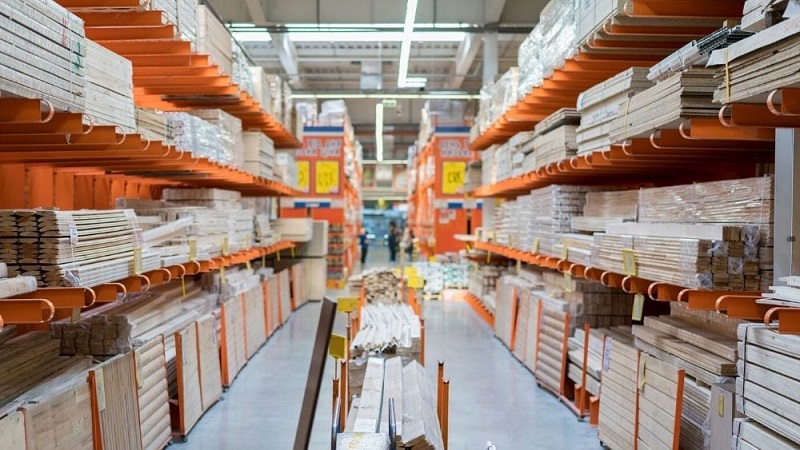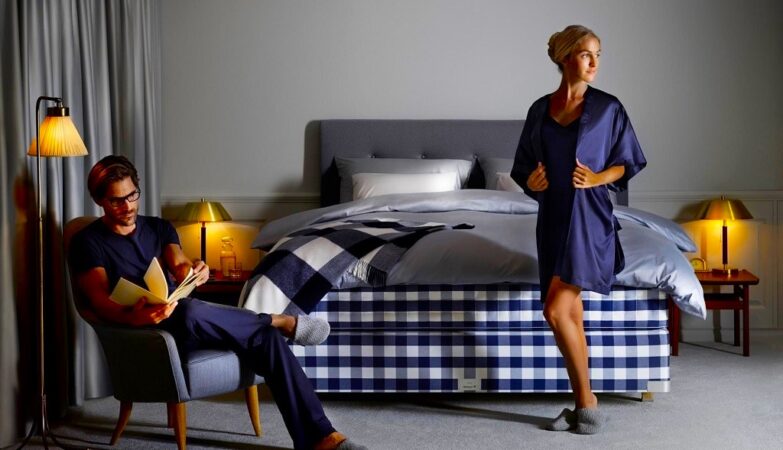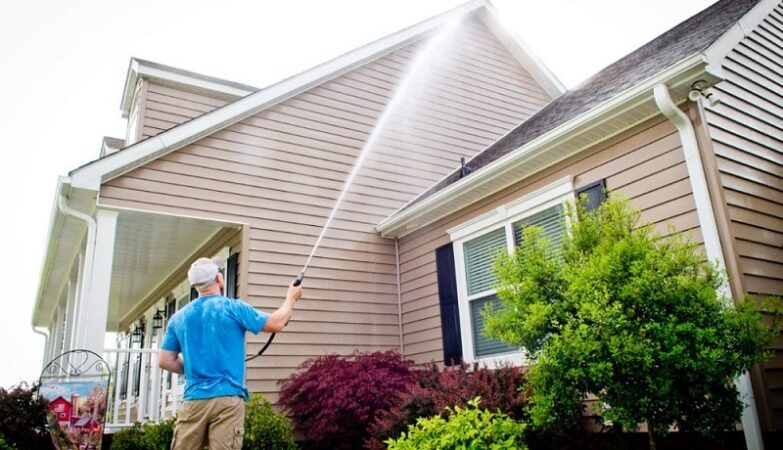Hey there, fellow homeowner! Have you ever wondered why some houses seem to stay cool and comfy during scorching summers, while others turn into saunas? Well, the secret lies in a magical trio: the materials used, the orientation of your home, and its location. Let’s dive into this cool topic!
Materials: The Building Blocks of Comfort
Imagine your home as a giant ice cream cone. The materials it’s made of are like the flavors of ice cream inside the cone. Some materials keep the chill better than others.
- Insulation: Think of insulation as the thick, fluffy scoop of vanilla ice cream at the core of your cone. Homes with excellent insulation keep the hot air out and the cool air in. Common insulation types include fiberglass, foam, and even recycled denim (yes, jeans!). The better your insulation, the less energy your cooling system needs to work hard.
- Roofing: The roof, like the crispy cone of your ice cream, plays a vital role. Dark-colored roofs, like a chocolate-dipped cone under the sun, absorb heat. Light-colored or reflective roofing, on the other hand, reflects sunlight away, preventing your home from feeling like a furnace.
- Windows and Doors: Imagine your windows and doors as the sprinkles and toppings on your ice cream cone. Energy-efficient windows and well-sealed doors act as barriers against outdoor temperatures. Double-paned windows and weatherstripping are like the extra sprinkles that make your cone tastier.
- Siding: Your siding is like the crunchy waffle cone. Different materials have different insulating properties. For example, brick-and-stone store heat but can keep your home cozy in winter. On the flip side, wood siding can add a touch of warmth in colder climates.
- Flooring: Picture your flooring as the base of your ice cream cone. Tile and concrete flooring can be refreshing on hot days, while carpet can be like a cozy rug, adding warmth and insulation.
So, the materials you choose for your home’s construction play a big role in its cooling needs. The right choices can help you keep cool without cranking up the AC.
Orientation: Which Way Is Your Home Facing?
Now, let’s talk about orientation. Just like how you’d turn your ice cream cone to avoid drips in the sun, your home’s direction matters.
- North-South vs. East-West: Imagine your home as a sunbathing lizard. If it stretches out with its belly facing the sun (east-west orientation), it soaks up a lot of heat. But if it lies with its sides to the sun (north-south orientation), it stays cooler. So, a north-south orientation is like lizard sunbathing smartly.
- Landscape and Obstacles: Trees and buildings nearby can be your home’s best friends or foes. Tall trees on the west side can provide shade and save energy. But if your home is hemmed in by tall buildings, it might feel like a pressure cooker, trapping heat.
- Wind Flow: Imagine your home as a kite. If it’s in the path of cool breezes, it can soar high. But if it’s tucked away with no wind, it may feel stuffy. So, homes with cross-ventilation can stay breezy even without AC.
- Seasonal Variations: Just like how you’d change your ice cream cravings with the seasons, your home’s orientation can help or hinder its cooling needs. In winter, you might want the sun to help heat your home, but in summer, it’s all about staying cool.
So, when you’re house-hunting or planning to build, consider the orientation. A well-placed home can naturally beat the heat, making your life more comfortable.
Location: Where in the World Is Your Home?
Now, let’s talk about location. Your home’s address can be the difference between a refreshing breeze and a scorching desert.
- Climate Zone: Picture your home as an adventurer. If it’s in a hot desert climate, it needs to be dressed for the occasion with lots of shade and reflective materials. But if it’s in a mild coastal area, it can stay comfy with lighter attire.
- Altitude: Think of altitude as your home’s elevation. Higher altitudes usually mean cooler temperatures. So, homes in the mountains or elevated areas may not need as much cooling as those in the lowlands.
- Proximity to Water: Homes near water bodies like lakes or oceans often enjoy a cooling effect. Water has a natural cooling power, like a giant ice pack in your backyard.
- Urban Heat Island Effect: Big cities can get hot—really hot. The concrete and asphalt absorb heat and radiate it, turning the city into an urban oven. So, urban homes might need extra cooling measures.
- Local Building Codes: Local regulations might require certain cooling features or materials to be used in your home construction. Be sure to check these before you build or renovate.
Your home’s location is like its character in a story. It sets the stage for how your home will interact with the elements. So, where you decide to build or buy is more important than you might think.
Frequently Asked Questions (FAQs)
- How can I improve the insulation of my existing home?
You can boost your home’s insulation by adding more insulation material in the attic, walls, and floors. Additionally, consider sealing any gaps or cracks in your home’s structure to prevent air leaks. This will help keep your home cooler in the summer and warmer in the winter.
- Is it worth investing in energy-efficient windows and doors?
Absolutely! Energy-efficient windows and doors can significantly reduce your cooling (and heating) costs. They are designed to minimize heat transfer, keeping your home more comfortable year-round. Plus, they often come with the added benefit of reducing outside noise.
- Can I change my home’s orientation if it’s not ideal for cooling?
While it’s not easy or cost-effective to change your home’s orientation entirely, you can make improvements by adding shading devices like awnings, planting trees strategically for shade, and optimizing your interior layout to encourage cross-ventilation. These steps can help mitigate some of the issues associated with poor orientation.
- What’s the most energy-efficient roofing material for a hot climate?
In hot climates, light-colored or reflective roofing materials, such as cool roof coatings, metal roofing, or clay tiles, are your best bet. They reflect sunlight and heat away from your home, reducing the amount of heat that gets absorbed into your living space.
- How do I determine my home’s climate zone?
You can find your home’s climate zone by referring to the U.S. Department of Energy’s climate zone map or a similar resource for your country if you’re located elsewhere. These maps classify regions based on their typical climate patterns, helping you understand the cooling and heating needs for your area.
In a nutshell
Your home’s cooling needs are influenced by its materials, orientation, and location. By making smart choices in these areas, you can create a more comfortable living space and save on energy bills. Just like picking the perfect ice cream cone, it’s all about selecting the right ingredients for your sweet home. Stay cool and enjoy your cozy haven!









